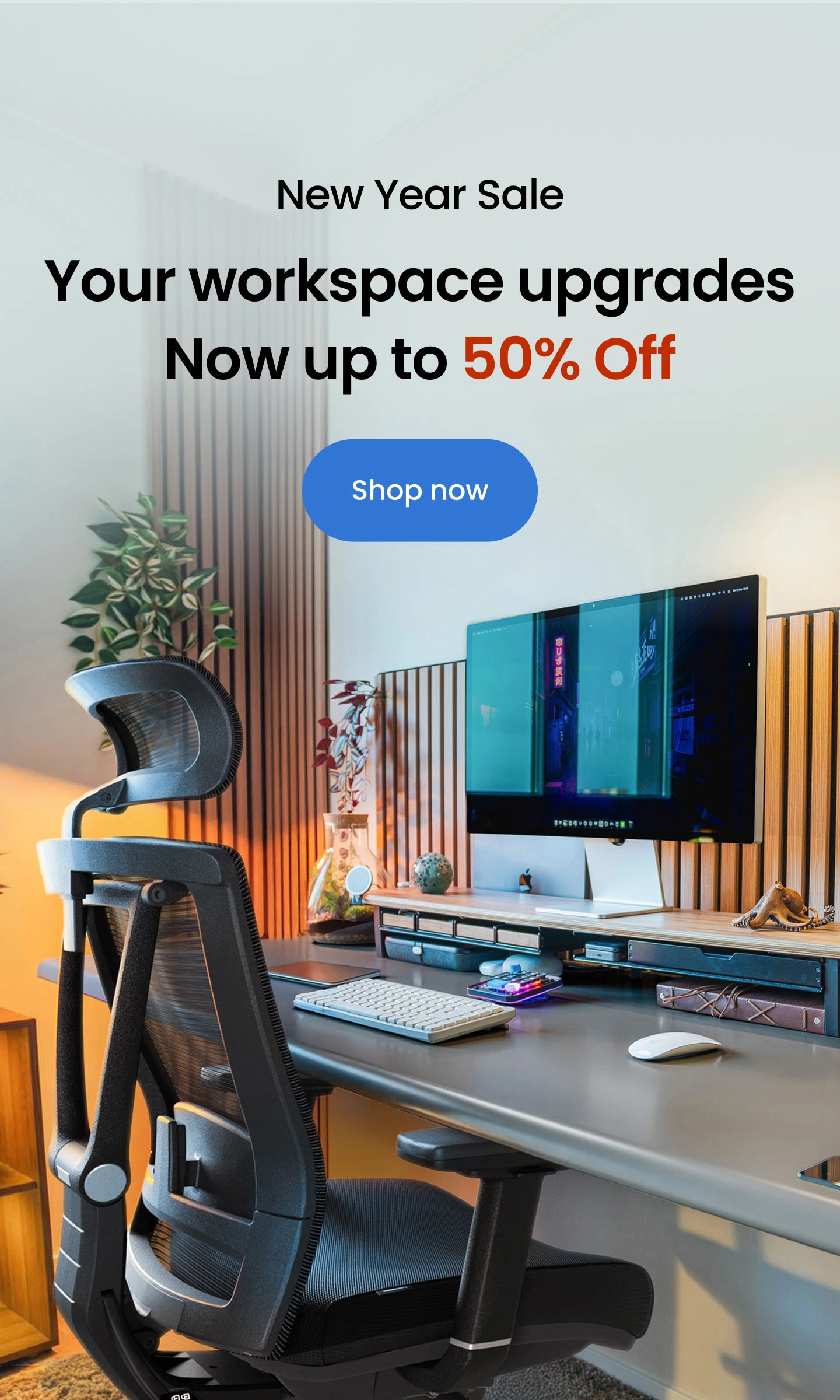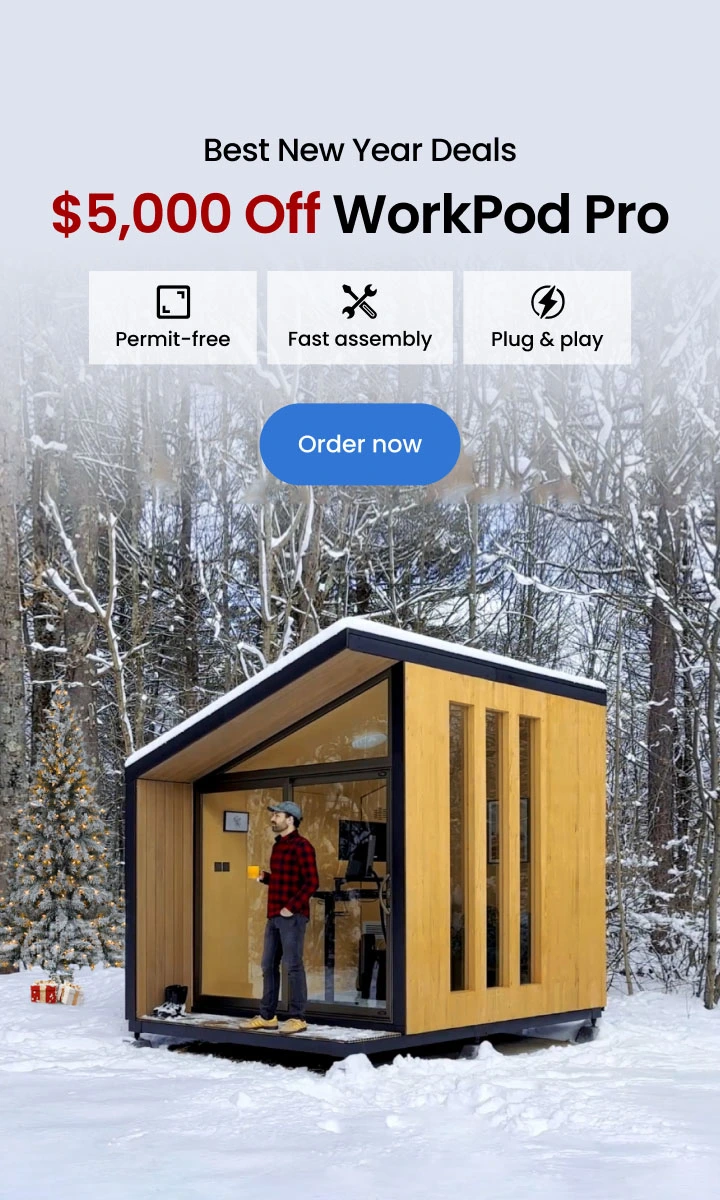
Table of Contents
Staying productive in our professional and personal lives is not always easy, and sometimes, it seems like there are just not enough hours in the day to get everything done to the best of our ability. To combat this, many people resort to doing multiple things at the same time- but is multitasking a myth, or can it really save you time?
Below, we explore the truth behind multitasking, the myths surrounding it, how it affects people, and what alternative solutions are available to help people do less and get more done.
Surely, doing more than one thing at the same time lets you complete your work faster, right?
Wrong!
We are all guilty of multitasking and believing it is the best thing to do, but the truth is- that is not the case.
Multitasking is a myth, and it can do a lot more harm than good if it gets out of control. It is far better to follow alternative routes to enhanced productivity that are sustainable and won’t burn you out.
What Is Multitasking?
Before we get into what people believe about multitasking and how it impacts our lives, let’s take a closer look at what it really is.
Put simply; multitasking is trying to focus on two or more things at once in an effort to save time. It can apply to work tasks, daily to-dos- or any situation where you divide your attention between multiple activities.
Sometimes, people break things down into three types of multitasking:
- Basic multitasking: When you try to do two things at the same time.
- Context switching: Going back and forth between two tasks without completing either.
- Attention residue: Rapidly completing unrelated tasks in quick succession.
In reality, these are all just various paths to the same place: split focus, inefficient working practices, and poorly executed tasks.
All of these things are very common practices for most people, whether or not they are aware of it. Unfortunately, they are also all deeply flawed methods of handling productivity and getting things done successfully.
Multitasking Myths that Are Holding You Back
Here are three common myths of multitasking that people mistakenly believe when they choose this method of working.
Multitasking Myth Number One: Multitasking Increases Productivity.
Doing two things at once must make you more productive, right? This is what most serial multitaskers believe, but according to professional research, it just is not true.
If you think about the time a single task would take if you gave it your full, uninterrupted attention from start to finish and how long it takes to complete that task when you are also trying to do something else, you are likely to find the difference to be significant.
Some studies show that up to 40% of a person's productive time is lost to mental blocks and the effort it takes to switch your mind from one thing to another. Context switching (going back and forth between different tasks) uses a lot of brain power, which slows down your productivity.
Instead of using that brain power to switch between ideas, you could focus it on one thing, see it through to the end, and do it to the best of your ability.
On top of that, the quality of your work when you split your focus between two things at once tends to suffer.
Multitasking Myth Number Two: It Is Okay to Multitask at Work.
Avoiding multitasking at home has become more popular, but doing it at work is still common practice. People seem to think that multitasking in the workplace is okay since there are often lots of things to be done in a certain timeframe.
In modern offices, it is normal for people to switch between different media, take calls while working on another project, and drop what they are doing when something comes up. All this supports the multitasking myth that professional multitasking is fine.
However, there is sufficient evidence to show that this type of work negatively impacts memory, efficiency, and performance. A greater number of things are missed when people jump between tasks at work, which is bad for business.
Multitasking Myth Number Three: Some People are Great at Multitasking.
Here is another multitasking myth. We all know someone who boasts about their inherent ability to multitask. You may even be guilty of it yourself. At the end of the day, it is easy to think you are a great multitasker when you are used to doing it- but that doesn’t mean you are actually excelling.
The human brain is scientifically not wired to focus on more than one thing at once. No matter how good you think you are, scientific studies say otherwise! On the contrary, our brains have evolved not to multitask.
Even when you think you are thinking about or focusing on two things, you are not. Your brain is switching between the two incredibly quickly, using up energy and brain power every time it does.
What Are the Real Effects of Multitasking?
If multitasking is a myth and doesn’t increase productivity or make your work better, then what does it do?
The real effects of multitasking are far from desirable and can have significant impacts on your work quality, home life, and mental health.
Some of the actual effects of multitasking include:
- Mental block depression
- Burnout
- Anxiety
- Reduced work quality
- Mental tiredness
- Loss of motivation
- Increased errors
- Lack of concentration
Five Ways to Reduce Multitasking in Your Life
Now that we have established that multitasking is not the way forward, how can you cut it out of your life? Multitasking is a habit that is hard-wired into many of us, but there are small steps you can take to make big changes.
Here are five ways to reduce the amount of multitasking you do in your day-to-day life- at work and at home.
Figure Out Your Priorities and Stick to Them
Whether you are planning your work schedule or your personal to-do list, knowing your priorities and actually prioritizing them can help you avoid multitasking and stay on top of life.
It is normal for new things to come up during the day, and the automatic response can be to stop what you were doing (even if it is important) and deal with the new thing that has presented itself.
Sometimes, you don’t have a choice and may need to adjust your day to fit in something unexpected and urgent. Other times, it is not. The trick to avoiding multitasking and unnecessary context switching is to be objective about what is more important and to finish what you are doing to a reasonable point before moving on.
Use Time Blocking
A great technique for keeping multitasking at bay is time blocking. This is where you allot certain times for certain tasks, with breaks in between.
Say your working day starts at 9 am. You could block the first hour for reading and responding to emails. From there, you can break down your time per task.
It helps if you share your blocked time with colleagues, so they know when not to disturb you. If you have something important to work on that will take two hours of your uninterrupted time, it is vital that others on your team know that.
Think 'Should' Not 'Could'
Rather than thinking about what you could do next, think about what you should do next. Just because you could reply to some emails in the middle of your project doesn't mean that you should.
Instead, what you should do is go over the work you have done to make sure it is correct, plan your next section, or take a short break if you feel your mind is at capacity.
Don’t get side-tracked with small tasks you could complete if it means distracting yourself from the task at hand- these things have a way of spiraling and taking up much more time than you think they will.
Organize Your To-Do List in Order of Importance
When you plan your tasks for the day, start with the most important thing. It helps to make a list at the beginning of the day with everything you need to achieve. Prioritize the most important to the least important, so you are not left stressed and rushing to finish something that has a deadline.
People often end up multitasking because they have more than one thing that must be done before a certain time, but if you start with these, there is no need to cram lots of things in at the last minute.
Avoid Over-Scheduling Your Day
Be realistic about what you can get done in the hours you have available. Overworking yourself is a great way to burn out and make mistakes, and it can force you into multitasking just to get everything done- even if it means inferior quality.
Think about the time you need to do each task justice and still give yourself time to take a breather and reset in between. If there are too many things on your list, think about what can be moved to tomorrow.
Practical Tips for Replacing Multitasking and Getting More Done
Moving on from ways to minimize multitasking, let’s look at actionable ways you can optimize productivity.
Set Up Your Desk for Optimal Productivity
A productive desk setup does wonders for your working life. It is all part of an optimal productivity environment designed to keep you engaged and motivated.
Some suggestions for creating a more productive workspace include:
- Investing in a sit-stand desk that helps you stay active and healthy while you work
- Buying an ergonomic office chair that supports your posture, keeps you comfortable, and lets you work on active sitting techniques
- Clearing your desk of all clutter at the beginning and end of every day
- Selecting your desk accessories carefully to avoid distraction but boost your mood
Designate Certain Times of Day for Focused Working
It is sometimes unavoidable during certain times of the day for distractions to arise, depending on your line of work or what is going on in your personal life, but you can still dedicate some time during the day to getting things done.
Think about the times that you are least likely to be needed elsewhere and dedicate that time to completing a certain task.
Take Regular Brain Breaks
As much as multitasking is a myth when it comes to productive working, so is working non-stop. It is not healthy or sustainable to keep your brain working overtime without giving it a chance to rest and reset, so it is essential to take time to let your brain breathe a little.
There are plenty of ways to take effective brain breaks for adults- including meditation, breathing exercises, light exercises, and looking for fun things to do in the office to give yourself a brief interlude from focusing. Even something as simple as making yourself a coffee and having a non-work-related conversation with a friend can provide the respite you need.
Put Yourself in Do Not Disturb Mode
Notifications, calls, emails, and any other distractions disturb your chain of thought and slow down productivity. Put your devices on do-not-disturb mode- or better yet, put them out of sight and out of reach.
Make Yourself a Physical Checklist
Rather than keeping everything in your head, write down a checklist of your daily tasks. Taking them out of your head and putting them on paper can help keep your mind clear and focused while ensuring you don’t lose track of your plan for the day.
Conclusion
No matter what you may have heard or previously believed about multitasking, it is a myth and is not a good way to handle your workload- professional or personal.
Put multitasking behind you and focus on realistic, productive scheduling and time management techniques that help you focus fully on one thing at a time. Don’t forget- staying active and taking regular short breaks are important and will help you stay on track while protecting your well-being.
Spread the word
.svg)







